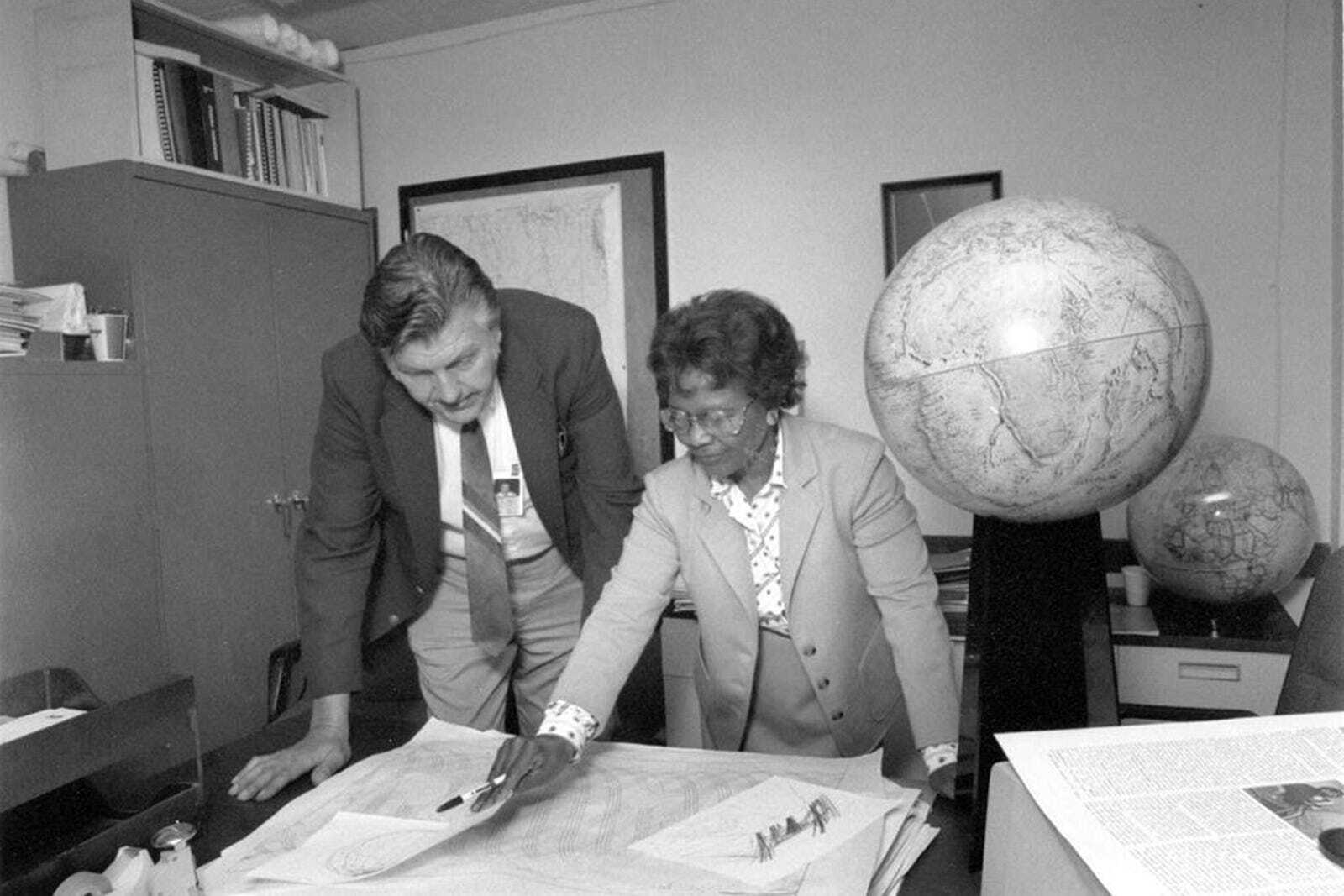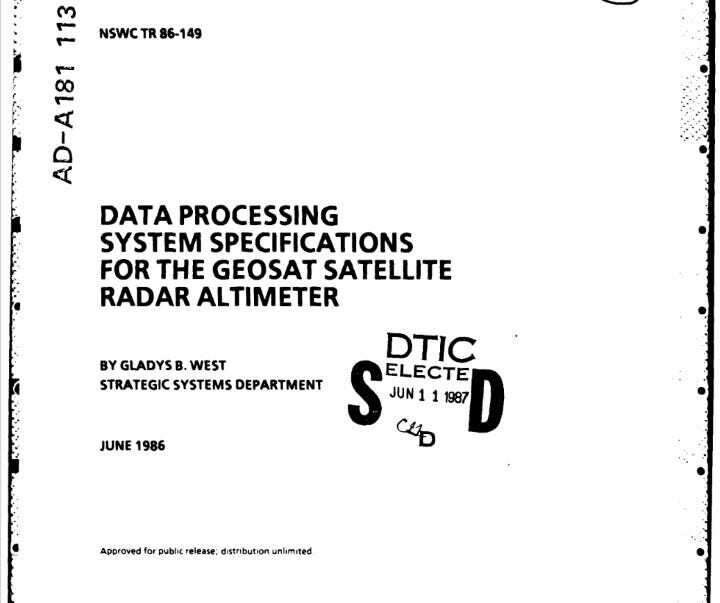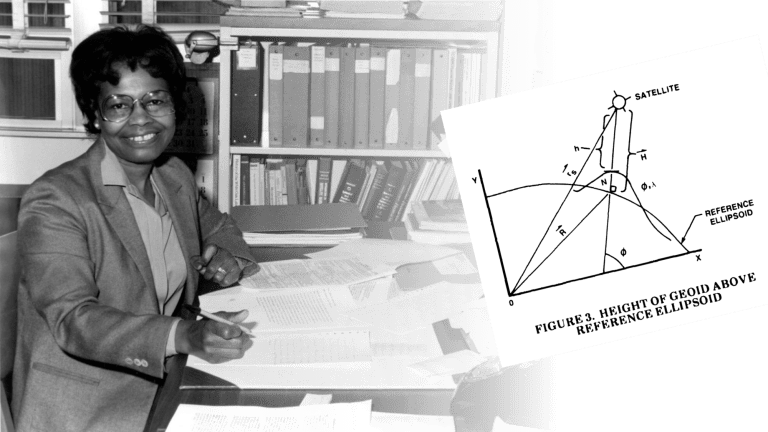Gladys West, Mathematical Models of the Earth, and the Code That Shapes Our World
Published: Feb 19, 2025 by Cordero Core
US-RSE’s DEI working group (DEI-WG) is proud to help US-RSE celebrate and participate in Black History Month. Each week during Black History Month, the US-RSE will spotlight Black/African Americans who have been involved in computing, science, engineering, and/or math, and have inspired our members through their accomplishments in their careers and their personal stories.

In the mid-20th century, Dr. Gladys West sat in a small office at the Naval Surface Warfare Center, crunching numbers that would eventually revolutionize the world. Through painstaking mathematical modeling and early computer programming, she helped define the precise shape of the Earth—a crucial advancement in the development of satellite geodesy.
Her work, largely unknown to the public for decades, became a foundational pillar for the Global Positioning System (GPS). Today, GPS is embedded in nearly every aspect of modern life: navigation, telecommunications, disaster response, and even climate science. But behind this technological marvel was the labor of a Black woman mathematician, pushing the boundaries of computational modeling in an era when both her race and gender made such contributions all the more extraordinary.
Dr. West’s story is one of precision, persistence, and a relentless pursuit of accuracy—qualities deeply familiar to research software engineers (RSEs), who work in the shadows of scientific progress, ensuring that computational models are reliable, scalable, and impactful.
Building a Model of the Earth, One Equation at a Time
Dr. West began her career in the 1950s, a time when human computers—mathematicians who manually performed calculations—were vital to scientific and military advancements. She was recruited to the U.S. Navy’s Dahlgren Laboratory, where she specialized in orbital mechanics and satellite geodesy.
Her critical insight was that the Earth is not a perfect sphere but an ellipsoid with irregularities. These irregularities affect everything from satellite motion to gravitational forces, meaning that any accurate positioning system had to account for them. Using Fortran-based computational models, she and her team processed vast amounts of satellite data, refining the mathematical representation of Earth’s shape.

This work culminated in a geoid model—a high-resolution map of the Earth’s gravitational field that became the foundation for GPS accuracy. Without it, satellite-based navigation as we know it would not exist.
For RSEs, this resonates deeply. Just as Dr. West ensured GPS calculations were precise and reliable, today’s RSEs build and maintain the computational models that underlie climate research, bioinformatics, astrophysics, and countless other scientific disciplines. The accuracy of our models determines the accuracy of our understanding.
The Hidden Labor Behind Scientific Discovery
Dr. West’s contributions remained largely unrecognized for much of her career. She was a Black woman in a field dominated by white men, working in a time when computational science was still emerging as its own discipline. Her story mirrors that of many RSEs today, whose work often falls between the cracks of scientific recognition—not quite mathematicians, not quite software engineers, yet integral to the progress of both fields.
Research software engineers write code that powers simulations, develops machine learning pipelines, and processes enormous datasets. However, their labor is often considered support work rather than primary scientific contribution. Dr. West’s experience reminds us of the necessity of recognizing and valuing this labor.
When we look at the evolution of computational sciences, we must ask: Who gets credit? Who gets visibility? Who shapes our scientific legacy?
Code That Moves the World
Dr. West’s work is a testament to the power of computational rigor. She meticulously refined algorithms and data models to reduce errors in GPS calculations—an early form of software engineering for scientific accuracy.

Her story aligns with the principles that define research software engineering today:
- Reproducibility: Mathematical models must be validated, iterated, and improved over time.
- Collaboration: Just as she worked within a broader research ecosystem, modern RSEs partner with scientists to translate theory into code.
- Precision: Small errors in satellite geodesy can mean kilometer-scale inaccuracies in GPS; the same is true in computational science, where coding errors can skew entire research outcomes.
Dr. West’s legacy is embedded in every GPS calculation made today—in every turn-by-turn direction, in every precision-guided rescue mission, in every agricultural yield optimization system. Her work is proof that software engineering and scientific modeling are inseparable.
The Path Forward: Recognizing Computational Scientists and RSEs
Dr. West’s story did not remain hidden forever. In 2018, she was formally inducted into the Air Force Space and Missile Pioneers Hall of Fame, a long-overdue recognition of her contributions.
For research software engineers, her journey is both an inspiration and a call to action. Recognition for computational contributions in science is still an ongoing fight. RSEs must be cited in research papers, included in funding structures, and integrated into formal career paths within academia and industry.
The next time you open a maps app or track a satellite’s position, remember: behind every calculation is code, and behind every line of code is a person. Dr. Gladys West showed us that precision and perseverance can change the world.
Join the Conversation
Gladys West’s story is just one of many. Throughout Black History Month, we’ll continue to highlight the contributions of Black scientists, mathematicians, and engineers who have shaped computational science and research software.
Next, we’ll explore Charles R. Drew’s pioneering work in blood banking, transfusion medicine, and medical informatics.
How do we ensure that the labor behind research software is recognized?
Share your thoughts, follow along on Medium, and join the US-RSE community to continue the conversation.